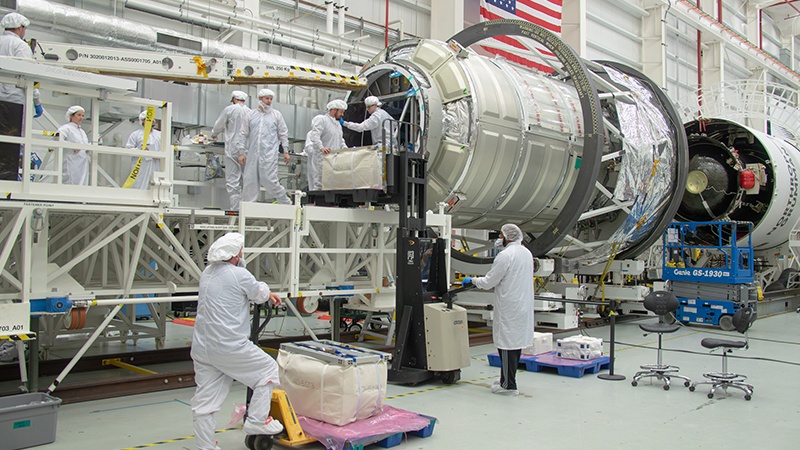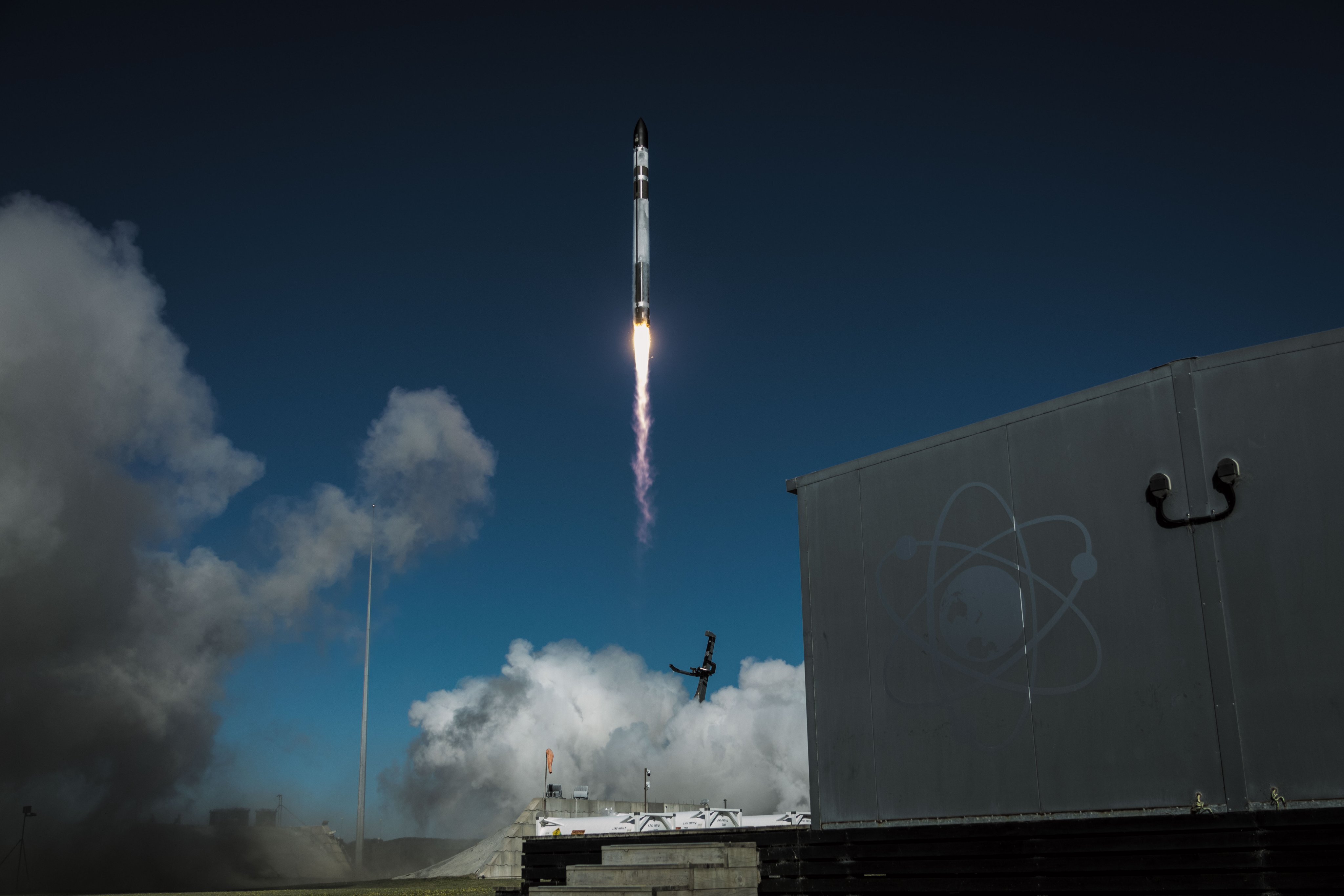New ISS experiment will help develop air conditioning for future space habitats
Deep space AC requires understanding how low gravity affects boiling and condensation.

An experiment sent to the International Space Station on the final Antares rocket launch, which took place on Tuesday (Aug. 1), aims to help scientists develop air conditioning for a future in which astronauts can travel to remote places in the solar system.
Keeping humans alive, happy and healthy while away from the comfort of Earth — including on spacecraft or in planetary habitats — will require reliable air conditioning that can continue operating in wildly different temperatures and when exposed to various gravitational environments.
Heating, ventilation and air conditioning systems on Earth use evaporation and condensation to control indoor air temperatures and humidity. Thus, designing systems for possible deep space habitats will first require understanding how microgravity affects such evaporation and condensation processes.
"We have developed over a hundred years' worth of understanding of how heat and cooling systems work in Earth’s gravity, but we haven't known how they work in weightlessness," said Issam Mudawar, Purdue’s Betty Ruth and Milton B. Hollander Family Professor of Mechanical Engineering, said in a statement.
Related: Antares rocket makes final launch, sending cargo to the International Space Station
In a new step towards this goal, a Purdue University experiment launched on the 19th commercial resupply service mission from Northrop Grumman (NG-19) to the International Space Station (ISS). Hopefully, it'll collect data to help answer long-standing questions about how boiling and condensation work in low gravity.
This will add a second module to a facility called the Flow Boiling and Condensation Experiment (FBCE). The first module, aboard the ISS since Aug. 2021, has been collecting data on the effects of microgravity on boiling in particular. But the new components arriving at ISS will soon allow teams to also investigate how condensation works in microgravity by comparing data collected in orbit with data collected on the ground. Both modules will run through 2025.
Breaking space news, the latest updates on rocket launches, skywatching events and more!
Further, FBCE may also assist future refueling of spacecraft in orbit by developing our understanding of how reduced gravity affects the flow boiling behavior of cryogenic liquids used as propellants.
FBCE was developed over 11 years through collaboration between Mudawar's lab and NASA's Glenn Research Center in Cleveland, which engineered and built the flight hardware. It was funded by the agency’s Biological and Physical Sciences Division at NASA Headquarters.
The NG-19 Cygnus spacecraft is carrying over 8,200 pounds (3,700 kilograms) of cargo and is expected to dock at the ISS between 4:30-7:30 a.m. EDT on Aug. 4. A livestream of the docking is available via NASA Live.

Andrew is a freelance space journalist with a focus on reporting on China's rapidly growing space sector. He began writing for Space.com in 2019 and writes for SpaceNews, IEEE Spectrum, National Geographic, Sky & Telescope, New Scientist and others. Andrew first caught the space bug when, as a youngster, he saw Voyager images of other worlds in our solar system for the first time. Away from space, Andrew enjoys trail running in the forests of Finland. You can follow him on Twitter @AJ_FI.
